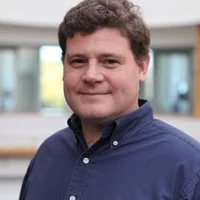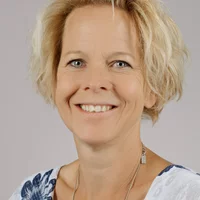Biography
Ulrich Wagner studied Physics at the University of Goettingen, developing a laser-plasma based droplet source for x-ray microscopy. He then continued his studies at the University of Jena to obtain a PHD in the field of plasma-physics and x-ray optics.
During his PHD he became a Marie-Curie fellow to study at the Rutherford-Appleton Laboratory in the United Kingdom. There he collaborated with the Imperial College in London to employ soft-x ray polarimetry to study Megagauss magnetic fields in laser produced fs-plasmas.
After graduating from the University of Jena he joined the Diamond Light Source in the United Kingdom as an x-ray optics scientist, contributing to the beamline design and the metrology programme. He then became a beamline and senior beamline scientist, making significant contributions to Diamond’s Imaging and coherence beamline I13.
In 2017 he joined the Paul Scherrer Institut to work on x-ray optics and metrology with an emphasise on the SwissFEL project. Since 2019 he is a tenured staff scientist.
Institutional Responsibility
Development, installation and commissioning of the SwissFEL beamlines, in particular the soft x-ray ATHOS beamlines.
Scientific Research
Ulrich Wagner is interested in advanced experiments with photon sources of unprecedented properties, which open up new scientific opportunities, but also create challenges for the beamline instrumentation and photon optics. Therefore, he is particularly interested in advancing an integrated approach for instrumentation design, where an optical system is considered as a single entity, which requires combined mechanical, controls and optical simulations and metrology to meet its specified performance.
Consequently, he is working on advancing the capabilities of PSI’s optical metrology laboratory and progressing at-wavelength metrology methods from proof of principle experiments into a standardised quantitative diagnostic tools to study the performance of x-ray optical components and facilitate the in-situ beamline alignment.
In addition to this, he enjoys advancing coherence based high resolution 5d x-ray imaging techniques, namely time-resolved x-ray microscopy in three dimensions with spectral resolution.
Selected Publications
For an extensive overview we kindly refer you to our publication repository DORA
The Paul Scherrer Institut is currently constructing Athos, its second Free Electron Laser with a photon energy range from 250 eV to 1900 eV and pulse energies up to 8 mJ. A single soft X-ray beamline is attached to the undulator section and distributes the radiation into three branches. The beamline design is based on a variable line space spherical grating monochromator with a grating chamber and two retractable distribution mirrors. An achromatic focusing with individual KB-mirror systems downstream of the exit slits focus the beam to the endstations. The stations can operate alternatively without interfering with each other.
Memberships & Collaborations
- German Physical Society
- Visiting Scientist at the University of Southampton: Coherent Imaging & Scattering

